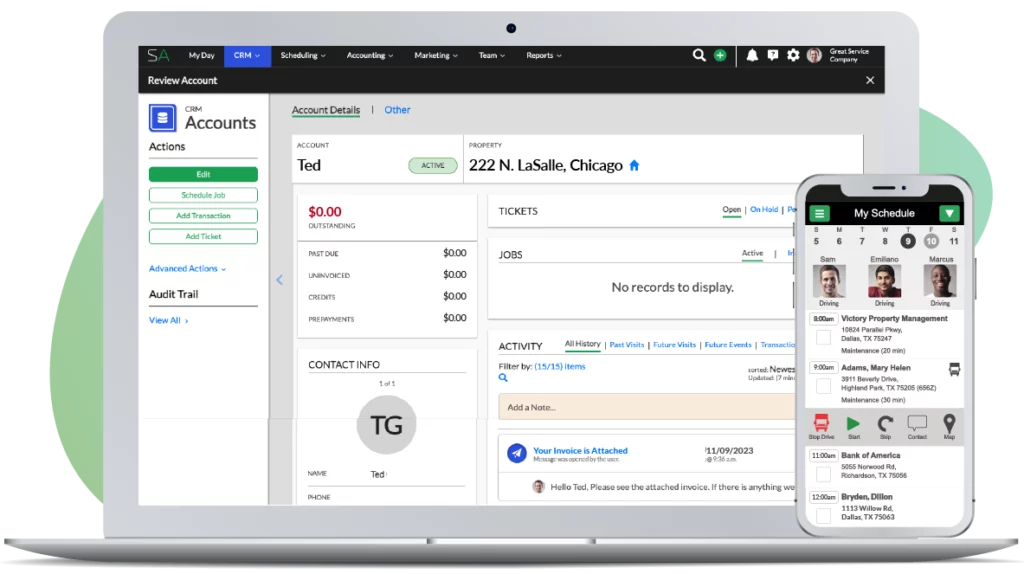Learn how much profit your lawn care business should generate each year.
Question: I Grossed $215,000, How Much Net Profit Should I Have Made?
No easy answer.
What does net profit mean to you?
Usually the owner of a smaller, less mature, business thinks of net profit as his salary plus any money left over. This is how most people think about net profit.
That is not what net profit is… that is wrong.
Net profit (profit margin) is the amount of money left over after you pay yourself a reasonable salary.
If down the road you sell your company. Let’s say it grosses 1 million dollars per year. Let’s also assume you make a 100,000 salary. If at the end of the year 100k is left over after you subtract your salary… you earned a 10% net profit. Notice that your 100k salary wasn’t included. Only the 100k left over after your salary. That is the correct way to calculate net profit.
You do not get credit for your 100k salary… that is not net profit. When you sell you company someone must be hired to replace you. Your 100k salary will be used to hire your replacement so you can’t count this money as profit. It is a cost of doing business. It is an expense.
However, if you pay yourself 210,000 a year in salary some portion can be backed out and applied to profit because you paid yourself more than necessary. Let’s say a reasonable salary to replace you is 90k. When selling the company it might be determined that you can count 120k to profit because only 90k of your 210k salary is needed to hire your replacement.
Typical net profit margin ranges for the lawn care and landscape industry are 5% to in the 20% range. They vary dramatically. Depends on maintenance vs landscape | irrigation vs lawn care … etc.
My Theory. When you look at surveys in Lawn and Landscape Magazine they are not very telling as few companies calculate net profit the same way.
Most owners don’t know what real net profit is so people state it wrong.
Therefore, the studies are generally wrong. People do not state profit the same way.
Questions…
How big is the company.
Where is the business in its growth life cycle.
Commercial or residential.
Maintenance vs Landscape.
A younger company might have a lower profit margin (as shown on it’s Profit and Loss statement) because it is reinvesting it’s profits back into the company.
Aggressive marketing, growth, hiring, will drive down profit margins.
At our company we have always grown 100% debt free. Paying cash for everything is expensive. It costs a lot of money to do this… and it hurts your profit margins. (depending on how you handle this / state these expenditures on your financial statements)
Our margins have always been suppressed because we have grown debt free and reinvested so much money back in to the business.
Another example…
A owner might say he has 150k in profit yet he is accumulating credit card and line of credit debt. Yes, he has 150k left over at the end of the year or he paid himself a lot of money but this is not profit. This money was earned by going in to debt.
When you sell a company for 1 million dollars if you have 400k in debt – the buyer subtracts the 400k from the sales price. They subtract debt from the sales price. In this example you would get 600k.
Don’t mistake profit margins for your salary or the amount of money setting in your bank account at the end of the year. You must also consider the debt being accumulated.



